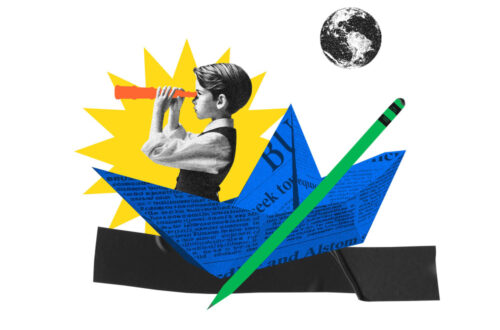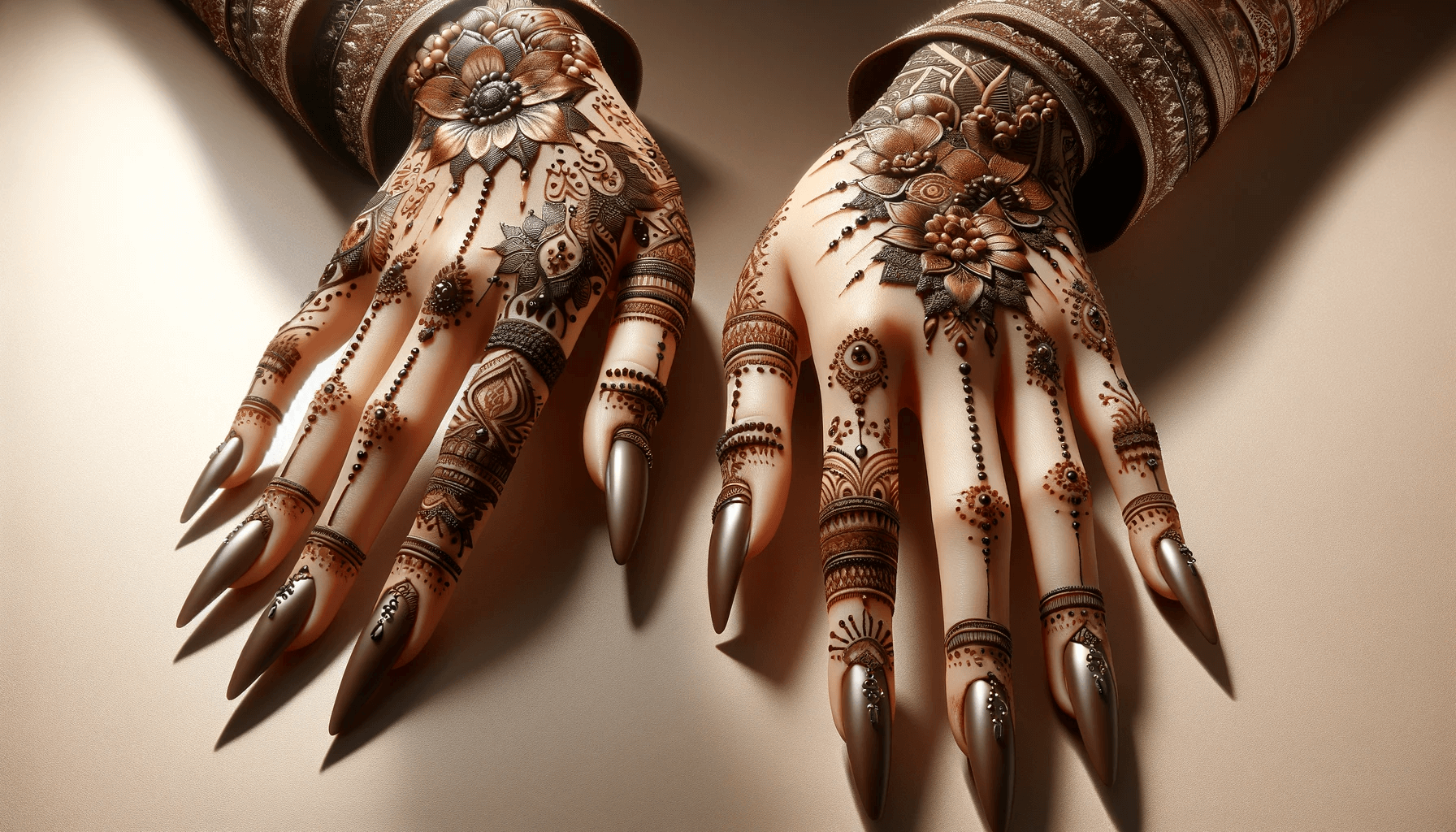Are you curious about what a graphic designer does on a daily basis? It’s not all about creating pretty pictures; graphic designers have a wide range of responsibilities and tasks that keep them busy and constantly challenged.
From planning and conceptualizing design projects to collaborating with clients and team members, graphic designers play a vital role in the creative process of various industries, from advertising and marketing to publishing and web development.
Keep reading to discover the exciting world of a graphic designer’s daily routine and learn more about their essential responsibilities and tasks.
Key Takeaways:
- Graphic designers have a range of tasks and responsibilities in their daily routine.
- They plan and conceptualize design projects, use software tools to create visual designs and layouts, and collaborate with clients and team members.
- Graphic designers also review and proofread their designs and manage deadlines and project timelines.
Understanding the Role of a Graphic Designer
So, you’ve decided to pursue a career as a graphic designer? Congrats! But before you jump into the exciting world of design, it’s essential to understand the roles and responsibilities of this profession.
As a graphic designer, your job duties will require you to use your creativity, technical skills, and communication abilities to deliver visually appealing designs for your clients. You’ll be responsible for creating a wide range of designs, such as logos, websites, brochures, packaging, and more.
To excel in this field, you’ll need to have a strong understanding of design principles, typography, color theory, and layout. You will also need to stay up to date with design trends and industry-specific software, such as Adobe Creative Suite.
But being a graphic designer is not just about creating pretty designs. You’ll also need to have excellent communication skills to understand your clients’ needs, convey your ideas effectively, and collaborate with team members. You’ll also need to possess project management skills to ensure that projects are delivered on time and within budget.
Overall, being a graphic designer requires a diverse skill set, creativity, and a passion for design. If you’re ready to take on the challenge, get ready for an exciting career!
Planning and Conceptualizing Design Projects
As a graphic designer, your day typically starts with planning and conceptualizing design projects. You meet with clients to gather requirements, brainstorm ideas, and create design briefs. It’s important to be attentive to client needs, ask clarifying questions, and take detailed notes.
Once you have a clear understanding of the project, it’s time to get creative. You might start by sketching out rough design concepts on paper or using computer software to create digital mockups. The design process can be iterative, with multiple rounds of revisions and refinements.
As you work on your designs, you need to stay up-to-date with current design trends and techniques. This could involve researching color palettes, typography, layout styles, or software updates.
Another important part of planning and conceptualizing design projects is creating a project timeline. You need to estimate the time required for each stage of the design process and factor in buffer time for unexpected delays or revisions.
Overall, planning and conceptualizing design projects is a crucial aspect of your daily tasks as a graphic designer. It involves creativity, attention to detail, and effective communication with clients.
Creating Visual Designs and Layouts
Now, we get to the juicy part! As a graphic designer, creating visual designs and layouts is the exciting task that makes your heart race. Using your creativity and design skills, you bring ideas to life through various software tools, including Adobe Illustrator, Photoshop, and InDesign.
The first step in creating designs is to gather all the information you need from the client. This includes their business goals, target audience, and brand guidelines. This helps you create a design brief that aligns with their needs.
Once you have the design brief, it’s time to unleash your creativity. You brainstorm ideas and concepts, sketching out rough designs and layouts. From there, you create a digital draft that you can share with the client for feedback.
After receiving feedback from the client, you make any necessary revisions to the design. This could include adjusting the color palette, fonts, or layout. With all the revisions completed, you turn the final design over to the client for approval.
But wait, your job isn’t over yet! You still need to ensure that the design is print-ready or web-ready, depending on the client’s needs. This includes making sure the color format is correct, the resolution is suitable, and the file type is appropriate for the intended use.
Creating visual designs and layouts is undoubtedly one of the most exciting daily tasks of a graphic designer. It’s where you get to tap into your artistic side and create something beautiful and impactful.
Collaborating with Clients and Team Members
As a graphic designer, you’re not just working on your own – you’ll need to collaborate with clients and team members to deliver top-notch design projects. Your responsibilities in this aspect of the job include communicating clearly with clients to understand their vision, presenting drafts for feedback and making necessary revisions.
You’ll also need to ensure that team members are all on the same page and working towards the same end goal. This includes sharing ideas, brainstorming, and ensuring that everyone is aware of project timelines and deadlines.
Don’t let the thought of working with others intimidate you – collaborating with clients and team members can lead to some of the best, most creative outcomes. Plus, it’s a great opportunity to bounce ideas around and share your unique perspective.
Reviewing and Proofreading Designs
As a graphic designer, you have a keen eye for detail. Your responsibility doesn’t end with creating visually appealing designs; you also need to ensure accuracy and consistency. Reviewing and proofreading your work is an essential task that you perform daily.
Firstly, you check the design for any typographical errors, grammar mistakes, or formatting inconsistencies. These can cause embarrassment, and worse, damage the brand’s reputation. You don’t want your design to be the cause of this. Your job is to make sure that the text is legible and that images are of the highest quality.
Secondly, you scrutinize the design to make sure that it meets the project requirements. For example, you need to ensure that the design is of the right size, format, and resolution. You must confirm that the colors are correct and that the design aligns with the client’s brand guidelines.
Lastly, you seek feedback from peers and clients before you submit the final product. You take their input and make necessary revisions to improve the design’s overall quality. It’s an iterative process that requires patience, attention to detail, and a willingness to make changes when needed.
In conclusion, reviewing and proofreading designs is an integral part of your job as a graphic designer. It ensures that your work is error-free, meets the project requirements, and conforms to the client’s brand guidelines. Remember, the devil is in the details, and your careful attention can make all the difference.
Managing Deadlines and Project Timelines
As a graphic designer, you are not only responsible for creating stunning designs but also delivering them on time. Time management is a vital skill that you must master to succeed in this profession.
A typical day for a graphic designer involves managing multiple projects with different timelines. It’s essential to prioritize tasks based on their urgency and importance. Make a list of the tasks you need to complete each day and estimate the time required for each task.
The key to meeting project deadlines is to communicate clearly with clients and team members. Keep them updated on the progress of the project and inform them immediately if there are any delays or issues that may affect the timeline.
Remember, managing deadlines is not just about delivering a project on time; it’s also about ensuring that the quality of the work meets or exceeds expectations. Avoid rushing through your designs to meet deadlines, as this may result in errors and inconsistencies.
To manage your time effectively, consider using time-tracking tools or apps to monitor your progress. These tools can help you stay focused, avoid distractions, and increase your productivity.
In conclusion, managing deadlines and project timelines is a crucial part of a graphic designer’s responsibilities. By prioritizing tasks, communicating effectively, and using time-tracking tools, you can ensure that you deliver high-quality designs on time, every time.




